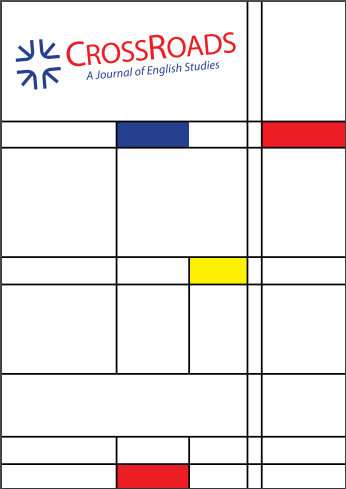Brazilian backlands (sertão) – natural disaster or ecocatastrophe? An ecocritical reading of João Guimarães Rosa’s landscapes
Brazilian backlands (sertão) – natural disaster or ecocatastrophe? An ecocritical reading of João Guimarães Rosa’s landscapes
Author(s): Corinne Fournier KissSubject(s): British Literature
Published by: Wydział Filologiczny Uniwersytetu w Białymstoku
Keywords: sertão; paradise; regionalist literature; biodiversity; natural disaster; ecocatastrophe; ecocriticism;
Summary/Abstract: In the wake of some realist novels and of Euclides da Cunhaʼs Os sertões [Rebellion in the Backlands, 1902], a body of writing known as “regionalist literature” developed in the 1930s around the sertão, the semi-arid region of the northeast center of Brazil, which becomes invariably depicted as a universe of natural and human catastrophe inhabited by characters of few words, emotions or thoughts. At first glance, it seems that João Guimarães Rosa should be part of this regionalist lineage: all his stories revolve around the landscape of the sertão, and his only novel is entitled Grande sertão: Veredas [The Devil to Pay in the Backlands, 1956]. Nevertheless, not only does Guimarães Rosa locate his geographical sertão in a slightly different place than the regionalists did (i.e. in the Minas Gerais), but his way of describing the sertão as the product of the interactions between human practices and the natural environment renders his work distinct from these authors. To better highlight this difference, we will rely on the concepts of “natural disaster” and “ecocatastrophe” as defined by Kate Rigby in her book Dancing with Disaster.
Journal: Crossroads. A Journal of English Studies
- Issue Year: 2022
- Issue No: 02 (37)
- Page Range: 46-61
- Page Count: 16
- Language: English

